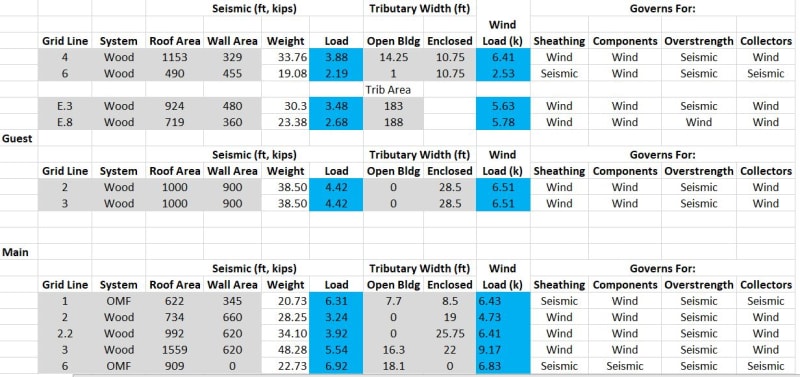xkcstructural
Structural
- Oct 25, 2022
- 23
Situation: an engineer is analyzing a structure and first pass-through determines the Wind exposure category as B, then does the seismic evaluation and finds that seismic controls, but "decides" that they do not want seismic to control and changes the wind exposure to C and then say voila wind controls and I do not need to meet the seismic requirement. I've also experienced it on the flip side where I put a structure in wind exposure category C and its an exisitng structure and meets exposure category C but they say that wind probability will likely never happen and brining the structure up to meet Exposure Cat c is too much for the contractor so treat it as B.
How does this make other engineers feel? For me it raises a red flag about that person's judgment and engineering understanding. I have never had to deal with this kind of environment and I am wondering if my gut telling me that, that behavior is not engineering is in check or am I out of line. Is this behavior okay if they are the EOR?
Lately, I've just been having a bunch of ethical dilemmas and Im the only one concerned about this behavior. Any advice if it is a red flag on how to approach it? I get told I stick to code too much and the probability of that wind event happening is not likely. It feels dismissive and belittling. But if it is the EOR's call then maybe Im asking for no reason and I can have a better understanding of whats acceptable.
How does this make other engineers feel? For me it raises a red flag about that person's judgment and engineering understanding. I have never had to deal with this kind of environment and I am wondering if my gut telling me that, that behavior is not engineering is in check or am I out of line. Is this behavior okay if they are the EOR?
Lately, I've just been having a bunch of ethical dilemmas and Im the only one concerned about this behavior. Any advice if it is a red flag on how to approach it? I get told I stick to code too much and the probability of that wind event happening is not likely. It feels dismissive and belittling. But if it is the EOR's call then maybe Im asking for no reason and I can have a better understanding of whats acceptable.

